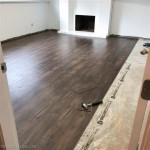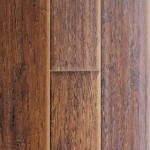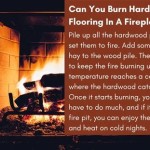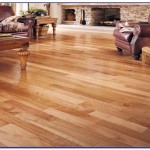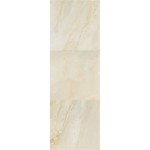Engineered Wood Flooring Basement Installation
Basements can be tricky places to install flooring due to moisture and temperature fluctuations. However, engineered wood flooring is a great option for basements because it is more resistant to moisture and warping than solid wood flooring. Here are some essential aspects to consider when installing engineered wood flooring in a basement.
Moisture Control
The most important thing to consider when installing engineered wood flooring in a basement is moisture control. Basements are prone to moisture from leaks, condensation, and flooding. Therefore, it is important to ensure that the basement is dry and well-ventilated before installing the flooring. You can do this by installing a dehumidifier, sealing any leaks, and installing a vapor barrier. Before beginning the installation process, it is essential to check the moisture level of the concrete subfloor using a moisture meter to ensure that it is below 12%.
Underlayment
Underlayment is a layer of material that is installed between the subfloor and the engineered wood flooring. It serves several purposes, including providing a moisture barrier, reducing sound transmission, and adding insulation. When choosing an underlayment for a basement installation, it is important to select a product that is moisture-resistant and provides acoustic insulation to minimize noise transmission from the basement to other levels of the home.
Acclimation
Before installing engineered wood flooring, it is important to acclimate the flooring to the basement environment. This means allowing the flooring to sit in the basement for several days before installing it. This will give the flooring time to adjust to the temperature and humidity levels in the basement, which will help to prevent buckling and warping.
Installation
Engineered wood flooring can be installed using several methods, including glue-down, nail-down, and floating. The best method for your basement will depend on the type of subfloor and the specific flooring product you are using. It is important to follow the manufacturer's instructions carefully when installing engineered wood flooring.
Maintenance
Engineered wood flooring is relatively easy to maintain. To keep your flooring looking its best, it is important to sweep or vacuum it regularly and wipe up spills immediately. You should also avoid using harsh chemicals or cleaners on the flooring. With proper care, engineered wood flooring can last for many years in a basement.

The Best Wood Flooring For Basements Carlisle Wide Plank Floors

4 Of The Best Options For Basement Flooring In Your Home Reallyfloors America S Est Hardwood

Basement Wood Flooring What You Should Know

Installing Engineered Hardwood On Concrete Twenty Oak

Using Engineered Wood Flooring In Basements Mansion Hill Custom Floors

Do Hardwood Floors Make Sense In A Basement Dave S Floor Sanding

Installing Engineered Hardwood On Concrete Twenty Oak

The Best Wood Flooring For Basements Carlisle Wide Plank Floors

How To Install Engineered Hardwood Floors 4 Easy Installation Options

What Is The Best Flooring To Put On A Concrete Basement Floor
Related Posts

